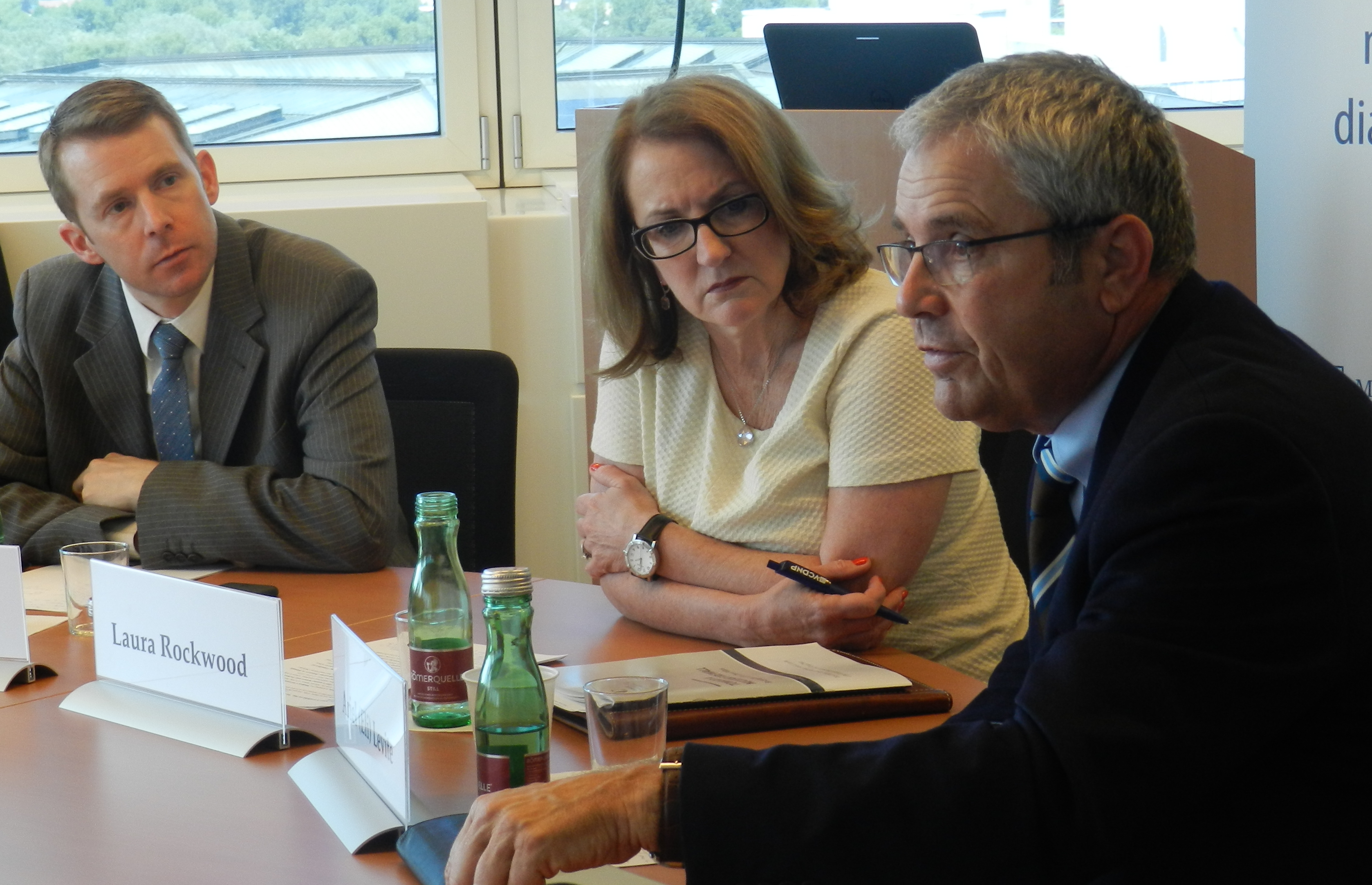
On 19 June, the VCDNP held a seminar entitled "Toward a Nuclear Firewall: Bridging the NPT's Three Pillars." Toby Dalton, Ariel Levite, and Li Bin from the Carnegie Endowment for International Peace presented their report on a "nuclear firewall" – an analytic framework for strengthening implementation of all three pillars of the Treaty on the Non-Proliferation of Nuclear Weapons (NPT).
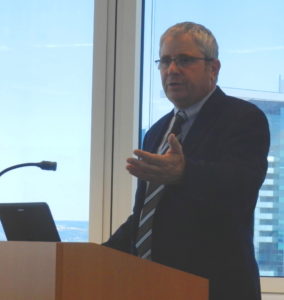
Ariel Levite explained the rationale behind the development of the new framework. The NPT, he pointed out, does not provide a definition of a nuclear weapon or a clear distinction between nuclear-weapon and non-nuclear-weapon activities. The absence of such definitions, he argued, has posed challenges for threat assessment and response to proliferation cases. The purpose of the “nuclear firewall” is to help distinguish between purely peaceful activities and those that can be defined as nuclear-weapon-related. Levite then reviewed some of the challenges in operationalizing the firewall model: the need to use several indicators highlighting the insufficiency of technical indicators alone; diversity of paths leading to nuclear weapons; alternative explanations for certain activities; different interpretations of motivations behind activities; and the heavy reliance on sensitive sources and methods. These challenges were addressed by employing multiple indicators; considering both the presence and absence of certain activities or indicators; covering all known paths to the bomb and key bottlenecks; and consulting experts of diverse backgrounds and nationalities.
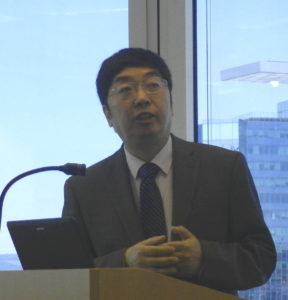
Li Bin further explained the use of technical and contextual indicators in the firewall model. The technical domain contains around 50 indicators and is divided into four areas: fuel cycle and reactor operations; militarization; nuclear weapons research and development; and weapons delivery systems. There are 10 contextual indicators that include parameters such as economic, political, military, or other behavioral or policy characteristics that complement technical indicators. To assess the proliferation situation in a country, the model employs two “output variables.” The first one is “latent capability,” which describes a country’s technical capability in terms of the acquisition of nuclear weapons. The second output is “overall incompatibility,” which assesses to what extent the full picture (of all technical and contextual indicators) is compatible with civilian and conventional purposes of a nuclear program. Li argued that in examining these two outputs one can determine whether a country is, for example, developing capabilities that are compatible with a civilian nuclear program or if its activities are incompatible with such a program and merit concern.
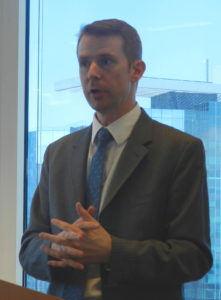
Toby Dalton addressed the potential policy applications of the firewall model and discussed three areas in particular. He argued that the model could be used for nuclear trade by facilitating decisions on nuclear supply, as it would enhance credibility of nuclear research and energy activities, as well as help identify certain activities in a nuclear program that could cause concern. Another area in which the model could be used is in nuclear disarmament, as the model could inform diplomatic efforts to freeze or rollback nuclear activities that transgress the firewall. Dalton used the case of the Democratic People’s Republic of Korea as an example and argued that in this case the focus would be on enhancing credibility (consistency with peaceful purposes) of legitimate energy or research activities after denuclearization. The firewall model could also be used for nuclear safeguards. The IAEA safeguards, Dalton noted, focus on correctness and completeness of nuclear declarations. The nuclear firewall model would add three more Cs to this system: Compatibility of individual activities with their stated non-weapons purposes; Consistency of a state’s overall activities with attributes of civil or non-explosive applications of nuclear technology; and Cohesion of activities for nuclear weapons purposes. In concluding, Dalton highlighted three next steps: (1) identifying potential users of the model (e.g. non-governmental organizations, governments, international organizations) and in what kind of applications; (2) moving to a more practical phase to address specific questions; and (3) establishing partnerships with governments and researchers.
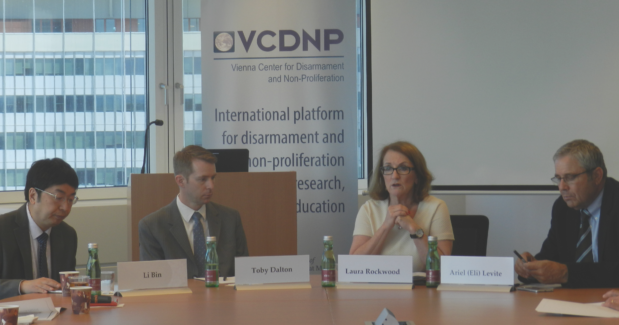
By continuing to use the site, you agree to the use of cookies. more information
The cookie settings on this website are set to "allow cookies" to give you the best browsing experience possible. If you continue to use this website without changing your cookie settings or you click "Accept" below then you are consenting to this.